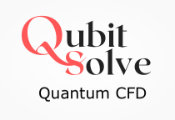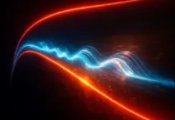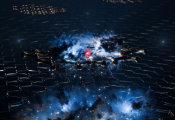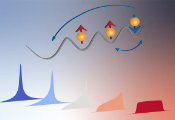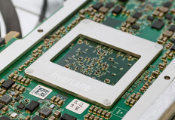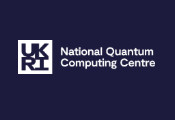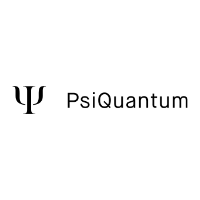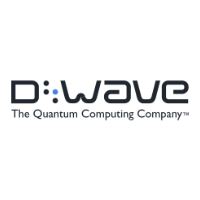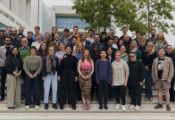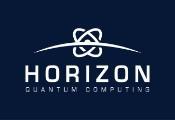IonQ and the University of Washington Simulate Process Linked to the Universe’s Matter-Antimatter Imbalance
COLLEGE PARK, MD, June 25, 2025 -- IonQ, a leading commercial quantum computing and networking company, today announced the first known simulation using a quantum computer of a process called “neutrinoless double-beta decay” with profound implications for understanding the universe’s imbalance between matter and antimatter.
The Big Bang should have made equal amounts of matter and antimatter. However, almost everything we see is made of matter, and there’s very little antimatter around. One of the biggest questions in physics is: what happened to the missing antimatter? Scientists are looking for the root cause of this imbalance to uncover insights into the fundamental laws of physics.
Using IonQ’s Forte Enterprise quantum system, researchers observed in real-time what’s known as a “lepton-number violation,” a phenomenon never directly simulated before on a quantum computer, providing further evidence that quantum computers may be able to model fundamental physics processes beyond the reach of classical systems. This demonstration opens a new path in the global efforts to understand why the universe is composed predominantly of matter rather than antimatter. The hypothesized “neutrinoless double-beta decay” nuclear process suggests that neutrinos are their own antiparticles and that violates a principle in the Standard Model of particle physics.
This technique allows scientists to use quantum computers and simulate the nuclear dynamics on the shortest of time-scales (10^{-24} seconds). This is shorter even than the femto-second (10^{-15} seconds) imaging demonstrations in the 1990s, which gave chemists new insights into chemical reactions, and revealed how atoms re-arrange during the breaking and formation of chemical bonds. Similar scientific breakthroughs could be enabled by this new quantum computing technique, with potential applications to high-energy physics laboratories around the globe.
“This achievement reinforces IonQ’s commitment to pushing the boundaries of what quantum computing can accomplish,” said Niccolo de Masi, CEO of IonQ. “By simulating a fundamental physics process so rare it’s never been observed in nature, we’re showing that quantum computers are not just theoretical tools. They’re engines of discovery.”
The simulation was conducted in collaboration with researchers from the University of Washington’s InQubator for Quantum Simulation (IQuS) and the U.S. Department of Energy’s Quantum Science Center. The team employed a co-designed approach, customized for taking full advantage of IonQ’s quantum hardware capabilities, including all-to-all connectivity, and native gates at the core of IonQ’s trapped-ion architecture. This allowed for the efficient mapping of the problem onto Forte-generation systems using 32 qubits, with an additional 4 qubits used for error mitigation. Novel quantum circuit compilation and error-mitigation techniques supported this large simulation with 2,356 two-qubit gates, resulting in high-precision observations.
“This work represents a critical first step in exploring the re-arrangement of quarks and gluons in this fundamental and complex decay-mode of a nucleus on yocto-second time-scales (10^{-15} seconds),” said Martin Savage, Professor of Physics at the University of Washington and head of the InQubator for Quantum Simulation (IQuS). “This was the culmination of a year-long co-design effort between IonQ and IQuS, centered around IonQ’s forefront trapped-ion quantum computers.”
The findings not only validate the use of quantum modeling in nuclear and particle physics but also set the stage for future research into other processes where lepton number violation may occur. As hardware capabilities grow, IonQ aims to expand these techniques to explore other symmetry-breaking phenomena and advance the frontier of quantum-enabled fundamental physics.

